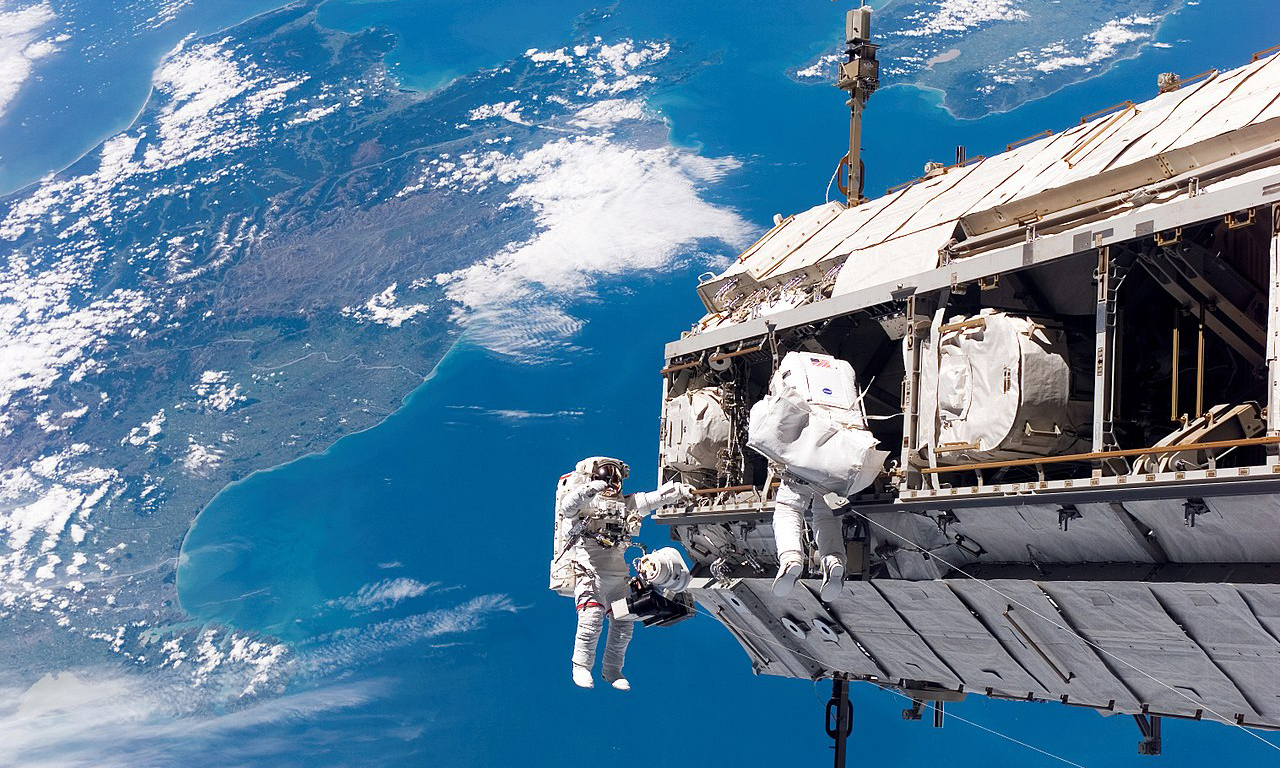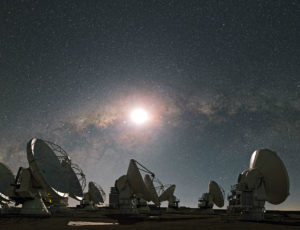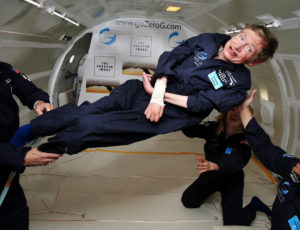
How Zero Gravity Can Affect the Human Body
Last week, Japanese astronaut Norishige Kanai said in a tweet that he grew nine centimeters taller after his arrival at the International Space Station (ISS) about a month ago. While the claim was a slight miscalculation (his growth spurt was in fact two centimeters), it sparked people’s interest in the effects of space travel on the human body.
According to research, weightlessness does affect our height. Not bound to the forces of gravity, the jelly-like substance (nucleus pulposus) inside the spinal discs located between the back bones (vertebrae) fluctuates, causing the spine to temporarily stretch. The change in length is usually no more than two to five centimeters.
On Earth, we go through the same process every night. During our sleep, our spine relaxes and it can lengthen up to about half a centimeter and then retract we sit or stand.
Space operations have strict restrictions on the size and height of astronauts due to the limited space available on space crafts. The claustrophobic environment is packed with equipment, tools and essentials, including water and food.
This applies to space suits and seats as well. The Russian Soyuz TMA spacecraft, used for transporting astronauts to and from the ISS, have seats that can only fit astronauts who are no taller than 190 centimeters. Anyone above the height limit will not be able to travel to the ISS.
Additionally, spacesuits are fitted with liners that are molded to specifically fit a particular astronaut on mission aboard the Soyuz. Upon the re-entry into the Earth’s atmosphere, astronauts will experience a strong gravity pull and tight-fitting spacesuits are necessary for a safe landing.
While the stretching and retracting is a normal process that the body goes through, it is a crucial factor that manufacturers have to keep in mind when manufacturing space stations, space suits and seats inside the spacecraft.
Temporary height gain is not the only effect that takes place on the human body out in space. In zero gravity, astronauts often complain of vision problems. Scientists think it is due to bodily fluids fluctuating and building up inside the skull, inflaming the optic nerve and affecting the eyesight as a result.
A checkup on astronaut John Phillips, who was working on the ISS in 2005, revealed that his eye shape changed, pushing his retinas forward. From a normal eyesight, John’s vision went to 20/100 and he became shortsighted. His eyesight went through some improvements after his mission but it did not go back to what it was, even years later.
However, several researches have shown that for some astronauts, the issue of changing vision and bone density loss seem to stabilize themselves after some time.
Gravity or the lack of it is not the only issue that could potentially harm humans while out in space. The Earth’s atmosphere helps protect us from the sun’s harmful radiation, but out in space there is little to no protection. While the moon’s thin atmosphere might give little comfort, Mars is worse off. With no protective magnetosphere, Mars is constantly being exposed to harmful sun radiation and cosmic rays. According to data gathered by NASA’s Mars Odyssey spacecraft, the radiation on Mars surface is 2.5 times higher than on the ISS. Being exposed to high levels of radiation can cause genetic damage to our bodies, increase the risk of cancer and even death.
While it is still not clear what long term effects zero gravity has on the human body, there are some good news. After realizing his mistake, Norishige re-measured himself and announces that “it appears I can fit on the Soyuz, so I’m relieved.”










